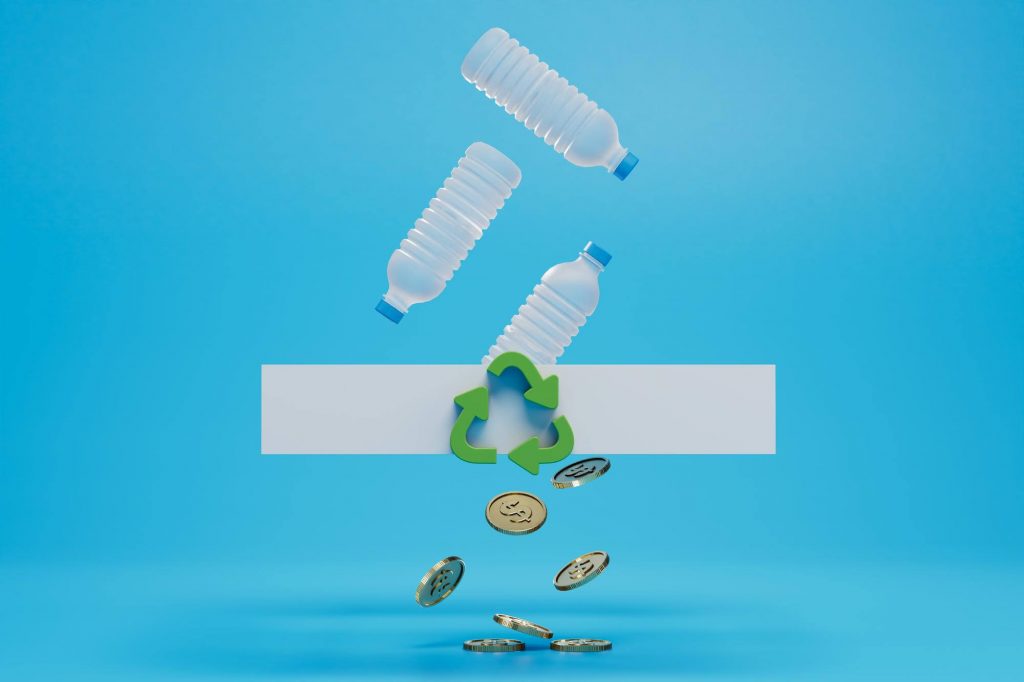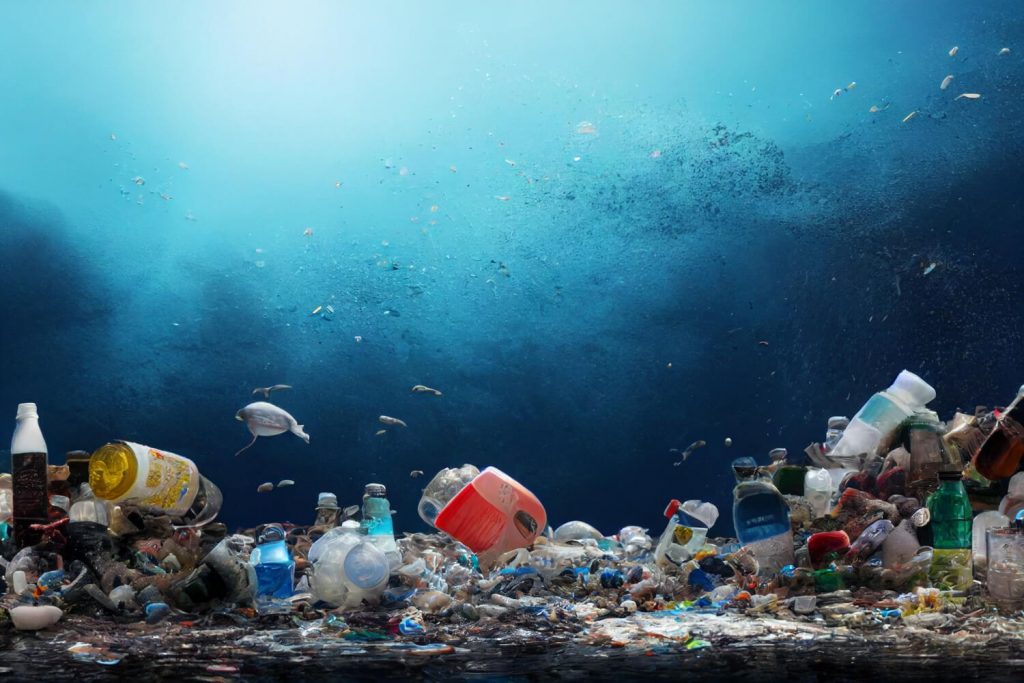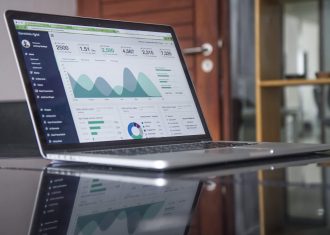Resources > Our Business
Understanding the Plastic Credit Economy: A Closer Look at Tradable Certificates

Plastic waste is a growing concern for the global community. Every year, 11 million metric tons of plastics enter our ocean on top of the estimated 200 million metric tons that currently circulate our marine environments, damaging marine life and threatening human health. To address this problem, governments, businesses, and consumers are increasingly turning to a new solution: plastic credits.

What are Plastic Credits?
Before defining what they are, we should define what they aren’t. Plastic credits are not a solution to the plastic crisis because they do not reduce plastic production. They are a financial instrument that aims to incentivize the reduction, reuse, and recycling of plastic waste. They work similarly to carbon credits, which allow businesses to offset their carbon emissions by investing in clean energy projects or other environmentally beneficial initiatives.
Simply put, plastic credits are certificates that can be traded, and they represent a defined amount, typically one metric ton, of plastic waste that has been recycled, removed from the environment as litter, or prevented from entering the environment.
With plastic credits, businesses can offset their plastic footprint by supporting initiatives that prevent plastic waste from entering the environment.
Developed by Verra, The Plastic Waste Reduction Program (Plastic Program) maintains a uniform method of accounting and accrediting diverse plastic collection and recycling activities. It stimulates funding for projects that advance plastic waste collection and/or recycling efforts. The Program permits unbiased project audits that gauge the reduction of plastic waste brought about by the initiatives. By issuing credits based on the quantity of plastic collected and/or recycled exceeding baseline rates (i.e., the projected outcome absent the project’s intervention), the program establishes a “plastic crediting mechanism” that effectively finances projects that genuinely curb plastic pollution worldwide.

Plastic credits can be used by companies in a variety of ways. For example, a company that produces plastic packaging can purchase plastic credits to offset the environmental impact of its products. The scope of the Plastic Program encompasses a wide range of activities, such as retrieving waste from the environment, constructing new municipal infrastructure, collecting and categorizing recyclable plastic waste, and innovating new recycling technologies or expanding existing ones.
By supporting these projects, businesses can help to create jobs, promote economic development, and improve the quality of life for people in affected areas.
How are Plastic Credits Created?
Projects working in partnership with credit-issuing organizations work on the ground to remove or recycle plastic that would otherwise not have been collected. The collected plastic waste is recovered through efficient end-of-life management such as mechanical (or advanced) recycling, reprocessing, or co-processing. Anything that can be recycled will be recycled. For each additional kilogram of plastic recycled or removed by an impact project, a certified plastic credit can be issued.
Why Finance Plastic Credits?
Financing plastic credits offers several benefits to businesses, governments, and consumers alike. We listed some of the key reasons why plastic credits are becoming increasingly popular:
- Complement Upstream Interventions: Verra, the leading organization behind Plastic Credits, emphasizes the importance of using these credits to complement upstream interventions, rather than as a standalone tool. By investing in plastic waste management infrastructure, companies can supplement efforts to scale up reuse, reduce the use of virgin plastic, and redesign products for recyclability.
- Support Measurement and Monitoring Principles: Investing in Plastic Credits can support the harmonization of measurement and monitoring principles, ensuring that we have accurate data on the impact of plastic waste reduction efforts.
- Jumpstart Extended Producer Responsibility (EPR) Schemes: Voluntary mechanisms like Plastic Credits can drive investments into new and expanded plastic waste collection and recycling activities where EPR schemes do not yet exist. In addition, regulators could offer companies the option to use Plastic Credits in lieu of paying EPR fees, reducing the administrative burden on the government.
- Drive Finance to Vulnerable Geographies: Plastic Credits can have a significant impact on the most vulnerable and at-risk geographies, such as developing countries and Small Island Developing States. These areas have a high rate of plastic leakage and are burdened with legacy plastic waste. By investing in collection and recycling infrastructure in these areas, we can reduce plastic pollution and improve the health and well-being of local communities.
Current Challenges of Plastic Offset Projects
Plastic offset projects face significant implementation challenges, including how to establish additionality, match the impact of offset projects to the impact of waste production by credit buyers, and avoid creating new environmental or social problems.
Additionality is vital to the functioning of a plastic credits market. The principle of “additionality” states that any plastic waste that is recovered or prevented through an offset project is considered an additional effort beyond what would have been achieved if the project had not existed. This concept has been heavily debated in international carbon credit markets, which have influenced the development of plastic credit markets. In these carbon credit markets, credits represent carbon dioxide emissions rather than plastic waste.
Why Do We Need Plastic Credits?
At present, there is limited action from businesses on plastic waste, despite the presence of the ‘Polluter Pays’ Principle — a widely accepted concept that suggests that producers of pollution should bear the costs of mitigating it. The difficulty of taking plastic action on their own often restricts businesses and compels them to choose the path of inaction instead.
By bridging the gap between businesses and environmental impact, plastic credits facilitate companies to take responsibility for their plastic waste. Plastic credits empower businesses to take immediate and tangible action, without the need for in-house expertise.

Plastic credits can accelerate the building and expansion of waste-management infrastructure. Approximately $30 billion of funding is needed every year to turn the plastic waste crisis around. Solutions such as plastic credits are filling this gap by financing the scale-up of existing underfunded solutions, developing waste-management infrastructure, and supporting circular innovations across the world.
Final Thoughts
Plastic credits are a promising solution to the growing problem of plastic waste, offering a way for businesses to take responsibility for their plastic consumption and support sustainable solutions. By financing plastic credits, businesses can demonstrate their commitment to sustainability, support innovation and investment in new technologies, and promote economic development in affected areas. With the right incentives and support, plastic credits could become a powerful tool in the fight against plastic pollution.
As the plastic credit market continues to grow, it is likely that we will see more innovative solutions emerge. Whether through government regulation, private sector investment, or consumer behavior change, we can all contribute to the effort to reduce plastic waste and build a more sustainable future for our planet.



